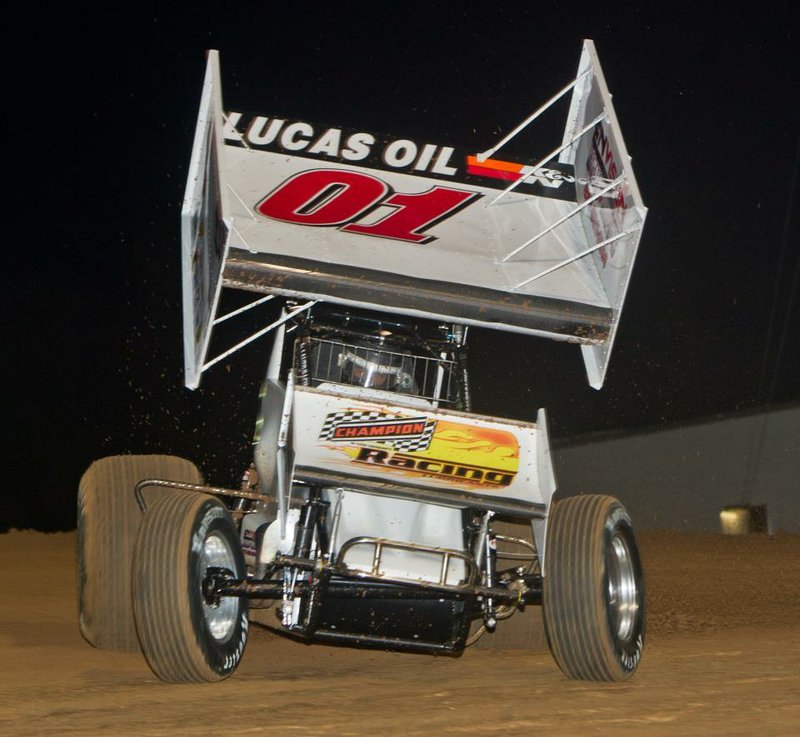LITTLE ROCK — Joe Clay has made many more laps around I-30 Speedway since he retired than he ever did as a sprint car driver.
Albeit at a much slower pace.
“You wind up making a bunch of laps on that tractor,” Clay said earlier this week as he began preparations for the 24th annual Comp Cams Short Track Nationals, which began Thursday night and continues through Saturday night. “More laps than I care to count.”
Clay hung up his racing gear in 1987 when he and members of his family took over ownership of the Little Rock dirt track.
In operating the track, each member of the Clay family has maintained their own duties. Daughter Tracey handles promotions and oversees concessions. Son Joe Jr. directs the competition and, until this year, was the track flagman.
Some handyman duties aside, their father’s job for the past 24 years has been track preparation, which means making the quarter-mile oval’s surface safe, competitive and fast each week during the eight-month season.
It’s a complex, ever-changing process that is one-third developed skill and two-thirds guessing game.
“When I first started, I knew dirt was dirty ... that’s it,” said Clay, 72, who won seven sprint car track championships at I-30 and its predecessor, the Benton Speedbowl. “Lots of trial and error, trying to see what works.”
The dirt track surface is the scourge and the love of racers and track owners alike. If it’s too wet and tacky, the racing is fast, but only one groove is viable, which makes passing impossible. Too dry and slick, and the track will begin to “take rubber” which also results in undesirable one groove racing.
And the track constantly changes throughout the night’s racing. It’s usually not until the final car leaves the track that Clay knows if he guessed right.
“You have to work the track differently depending on the time of year, depending on what’s racing that night,” Clay said. “If it’s a late model show, you want it to be dry-slick, smooth. For sprints, you want it a little heavier, tackier. For your weekly show, it’s somewhere in the middle.”
The work never ends on the track during the season. Clay has help from another former racer, ex-late model champ Glenn Brown, and Frank McCoy has helped for years.
Moisture is a key element. For a regular weekly event this July, Clay said he hit the track with 30 truckloads of water at 1,800 gallons per load. For last week’s regular season finale, he needed only seven truckloads.
“Then you have to let it soak, but you can’t soak it too long,” Clay said, laughing. “Lot of guessing.”
With a record 125 cars at last year’s Short Track Nationals, the track took a beating over three days of racing. By the time the final race began Saturday night, the track was one-grooved and locked down, which was the last thing Clay wanted.
The car count is expected to be high again this weekend, but Clay said he is prepared.
“We got caught off guard last year. So many cars, it was hard to stay caught up with the track,” he said. “The little bit of rain we got this week did some good. Plus, I’m planning to disc up the track after each night to try to stay on top of it.”
Sports, Pages 26 on 10/28/2011
